Home>Furniture & Design>Bathroom Accessories>How To Improve Microwave Exhaust Fan
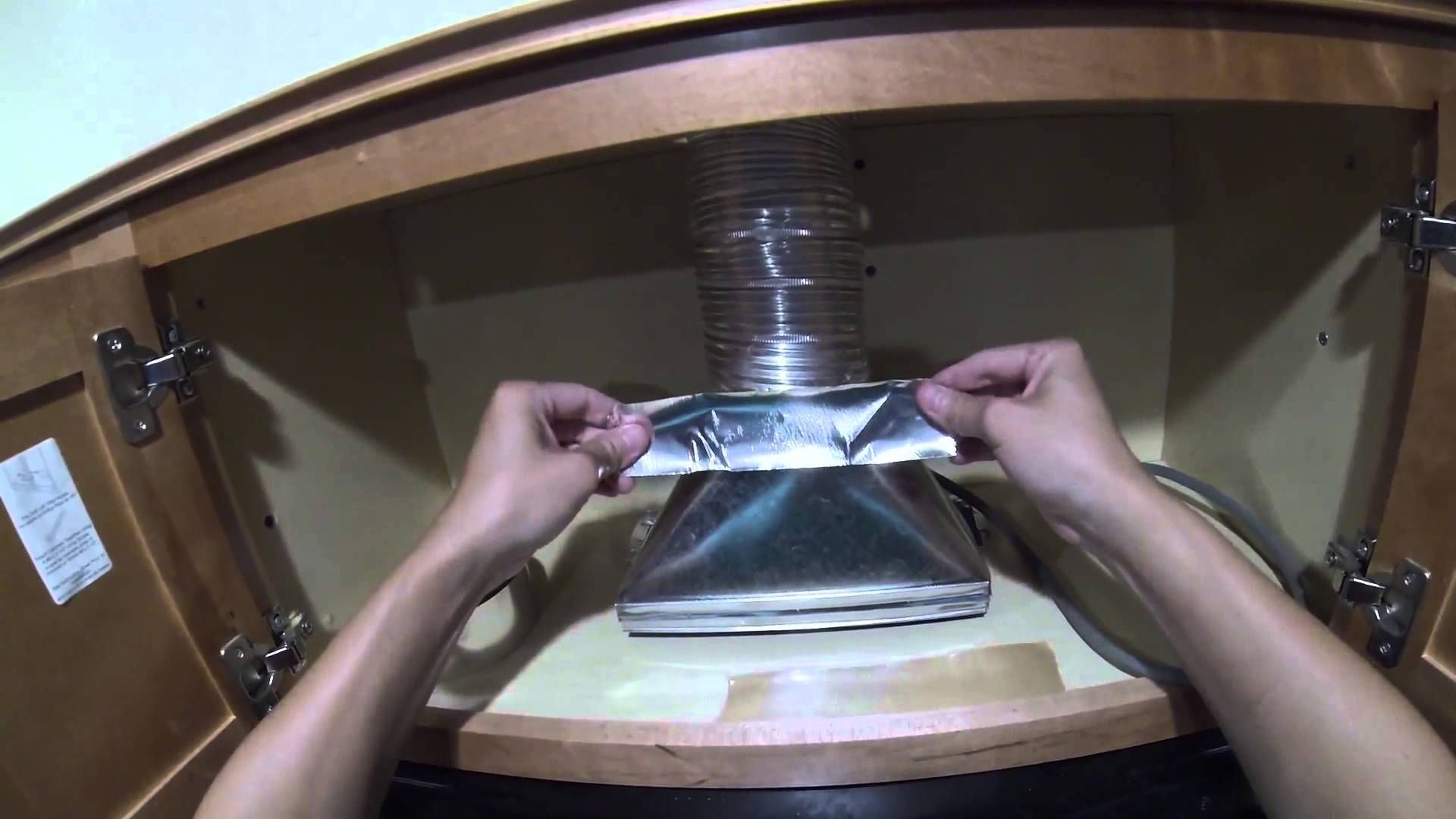

Bathroom Accessories
How To Improve Microwave Exhaust Fan
Modified: February 18, 2024
Learn how to enhance your bathroom with a more efficient microwave exhaust fan. Explore our top tips for improving bathroom accessories.
(Many of the links in this article redirect to a specific reviewed product. Your purchase of these products through affiliate links helps to generate commission for Storables.com, at no extra cost. Learn more)
Introduction
The microwave exhaust fan is a vital component of your kitchen, serving the crucial function of removing smoke, odors, and airborne grease particles generated during cooking. However, over time, the efficiency of the exhaust fan can diminish due to the accumulation of grease and debris, leading to decreased performance. In this article, we will explore various methods to enhance the functionality of your microwave exhaust fan, ensuring that it operates at its optimal capacity.
A well-maintained exhaust fan not only contributes to a fresher and more pleasant kitchen environment but also plays a significant role in preventing the buildup of grease on surfaces and cabinets. By implementing the following strategies, you can effectively improve the performance of your microwave exhaust fan, promoting better air quality and a more enjoyable cooking experience.
Key Takeaways:
- Keep your microwave exhaust fan clean by regularly removing grease and debris. This ensures optimal performance, fresher air, and a more hygienic kitchen environment.
- Consider upgrading to a higher CFM fan to improve ventilation and create a healthier, more enjoyable cooking space. Proper maintenance and ventilation are key to a welcoming kitchen.
Read more: How To Size An Exhaust Fan
Clean the Exhaust Fan
Cleaning the exhaust fan is a fundamental step in optimizing its performance. Over time, grease and dust can accumulate on the fan blades and motor, impeding airflow and reducing its effectiveness. To begin the cleaning process, start by disconnecting the power supply to the microwave to ensure safety. Next, remove the fan cover or grille, which can typically be accessed from inside the microwave or from the underside of the unit.
Once the cover is removed, carefully detach the fan blade and motor assembly. These components can be soaked in a solution of warm water and mild dish soap to loosen and remove the accumulated grease and grime. Using a soft-bristled brush, gently scrub the fan blades and motor to dislodge any stubborn residue. Be cautious not to bend or damage the fan blades during this process.
After cleaning the fan blades and motor, thoroughly dry the components before reassembling them. It's essential to ensure that no moisture remains, as this can lead to electrical issues and corrosion. Once the fan assembly is dry, reinstall it in the microwave and secure the cover or grille back in place.
In addition to cleaning the fan components, it's advisable to wipe down the interior of the microwave and the surrounding area to remove any grease or dirt that may have accumulated. This comprehensive approach to cleaning will not only improve the performance of the exhaust fan but also contribute to a cleaner and more hygienic kitchen environment.
Regular maintenance is key to preserving the efficiency of the exhaust fan. By incorporating cleaning the fan into your routine kitchen maintenance, you can prolong its lifespan and ensure that it continues to effectively remove cooking odors and airborne particles, enhancing the overall air quality in your kitchen.
Check for Blockages
A common cause of reduced airflow and diminished performance in microwave exhaust fans is the presence of blockages within the ventilation system. Over time, grease, food particles, and debris can accumulate in the ductwork, obstructing the smooth passage of air. This obstruction not only hinders the fan's ability to effectively remove cooking byproducts but also poses a potential fire hazard if left unaddressed.
To check for blockages, start by inspecting the vent hood or microwave exhaust opening for any visible signs of buildup. Grease and dirt may accumulate on the vent cover, restricting the flow of air. If the vent cover is removable, carefully detach it and clean off any accumulated debris. Use a mild detergent and warm water to dissolve and remove stubborn grease, ensuring that the vent cover is thoroughly clean before reattaching it.
Next, it's essential to assess the condition of the ductwork. Depending on the design of your kitchen, the ductwork may extend through the wall, ceiling, or directly outside the house. If accessible, visually inspect the duct for any obstructions or buildup. In some cases, you may need to detach the duct from the exhaust fan to perform a more thorough inspection.
Using a flashlight, carefully examine the interior of the duct for any signs of blockages. Look for accumulations of grease, food particles, or debris that may be impeding the airflow. If blockages are present, use a combination of gentle brushing and vacuuming to remove the obstructions. It's important to exercise caution and avoid damaging the ductwork during this process.
In addition to the visible components, it's crucial to check the exhaust fan itself for any blockages. Remove the fan cover or grille and inspect the area surrounding the fan blades for any buildup of grease or debris. Clean the fan blades and the surrounding area meticulously, ensuring that no obstructions remain that could impede the fan's operation.
By diligently checking for and removing blockages within the ventilation system, you can significantly enhance the airflow and efficiency of your microwave exhaust fan. This proactive approach not only improves the performance of the fan but also contributes to a safer and healthier kitchen environment, free from the risks associated with obstructed ventilation. Regular inspections and maintenance will help to prevent the accumulation of blockages, ensuring that your exhaust fan operates at its optimal capacity.
Replace the Filter
The filter in a microwave exhaust fan plays a crucial role in capturing grease, smoke, and airborne particles generated during cooking, preventing them from recirculating into the kitchen. Over time, the filter can become saturated with grease and debris, impeding its ability to effectively trap contaminants. As a result, the exhaust fan's performance may be compromised, leading to decreased airflow and reduced efficiency in removing cooking byproducts.
To maintain the optimal functionality of your microwave exhaust fan, it is essential to replace the filter at regular intervals. The frequency of filter replacement depends on the cooking habits and the volume of meals prepared in the kitchen. However, a general guideline is to inspect the filter every three to six months and replace it if significant buildup or discoloration is observed.
When replacing the filter, it is important to select a replacement filter that is compatible with your specific microwave model. Most microwave exhaust fans utilize either charcoal or grease filters, each serving a distinct purpose in capturing different types of airborne particles. Charcoal filters are effective in neutralizing odors, while grease filters are designed to trap grease and solid particles. It is crucial to identify the type of filter used in your microwave and procure the appropriate replacement to ensure optimal performance.
The process of replacing the filter varies depending on the microwave model. In most cases, accessing the filter involves removing the vent cover or grille located beneath the microwave. Once the cover is removed, the filter can be easily accessed and replaced. Carefully follow the manufacturer's instructions for removing and installing the filter to ensure a proper fit and secure attachment.
After installing the new filter, it is advisable to run the exhaust fan for a few minutes to ensure that it is functioning correctly and that the new filter is properly in place. This simple yet essential maintenance task contributes to the overall efficiency of the exhaust fan, allowing it to effectively remove cooking odors and airborne particles, thereby promoting a cleaner and more pleasant kitchen environment.
By regularly replacing the filter in your microwave exhaust fan, you can uphold its performance and prolong its lifespan. This proactive maintenance approach not only enhances the air quality in your kitchen but also contributes to the efficient operation of the exhaust fan, ensuring that it continues to effectively remove cooking byproducts, thereby enhancing the overall cooking experience.
Clean the exhaust fan and surrounding area regularly to ensure proper airflow. Use a mild detergent and warm water to wipe down the fan blades and grille. This will help improve the fan’s efficiency and prevent buildup of grease and debris.
Upgrade to a Higher CFM Fan
Upgrading to a higher CFM (cubic feet per minute) fan is a strategic solution to significantly enhance the ventilation capacity and performance of your kitchen's exhaust system. The CFM rating of an exhaust fan indicates the volume of air it can move per minute, directly influencing its ability to effectively remove cooking byproducts, odors, and airborne particles from the kitchen environment.
When considering an upgrade to a higher CFM fan, it is essential to assess the specific ventilation needs of your kitchen. Factors such as the size of the kitchen, the type of cooking activities performed, and the layout of the cooking area all play a crucial role in determining the appropriate CFM rating for the exhaust fan. A higher CFM rating is particularly beneficial for kitchens with larger cooking surfaces, frequent high-heat cooking, or open floor plans that require enhanced air circulation.
Before proceeding with the upgrade, it is advisable to consult with a professional to determine the optimal CFM rating for your kitchen's exhaust system. This assessment takes into account the unique characteristics of your kitchen space and ensures that the upgraded fan effectively meets the ventilation requirements, promoting a healthier and more comfortable cooking environment.
Once the appropriate CFM rating is determined, selecting a high-quality exhaust fan with the desired CFM capacity is paramount. Modern exhaust fans offer a range of features, including variable speed settings, energy-efficient operation, and noise reduction technology, contributing to a more efficient and pleasant cooking experience. When upgrading to a higher CFM fan, consider models that incorporate these advanced features to maximize the benefits of the enhanced ventilation capacity.
The installation of a higher CFM fan may require professional assistance to ensure proper fitting and optimal performance. It is crucial to follow the manufacturer's guidelines and any local building codes when installing the new exhaust fan, guaranteeing safe and effective operation. Additionally, integrating the upgraded fan with a well-designed ventilation system, including appropriate ductwork and venting, further enhances its overall functionality and ensures the efficient removal of cooking byproducts from the kitchen.
By upgrading to a higher CFM fan, you can significantly improve the ventilation and air quality in your kitchen, creating a more enjoyable and healthier cooking environment. The enhanced airflow provided by the upgraded fan effectively removes cooking odors, smoke, and airborne particles, contributing to a fresher and more comfortable kitchen space. This proactive approach to improving the exhaust system not only enhances the cooking experience but also promotes a cleaner and healthier home environment for you and your family.
Read more: What Is An Exhaust Fan
Proper Ventilation
Proper ventilation is essential for maintaining a healthy and comfortable kitchen environment. In addition to the exhaust fan, other elements contribute to effective ventilation, ensuring that cooking byproducts, odors, and moisture are efficiently removed from the kitchen space. By optimizing ventilation, you can create a more pleasant and hygienic cooking area while also preserving the integrity of your kitchen surfaces and cabinetry.
One crucial aspect of proper ventilation is the utilization of a range hood or over-the-range microwave with a built-in exhaust fan. These appliances are designed to capture and remove airborne particles, grease, and cooking odors generated during culinary activities. When selecting a range hood or microwave with an integrated exhaust fan, consider the size and layout of your kitchen, as well as the type of cooking performed. A properly sized range hood or microwave exhaust fan ensures that the ventilation system effectively addresses the specific needs of your kitchen, promoting a cleaner and more comfortable cooking environment.
In addition to the exhaust fan, proper ventilation encompasses the design and maintenance of the kitchen's ductwork and venting system. The ductwork serves as the pathway for expelling the captured cooking byproducts to the exterior of the home. It is essential to ensure that the ductwork is free from blockages and obstructions, allowing for unimpeded airflow. Regular inspections and cleaning of the ductwork prevent the accumulation of grease and debris, maintaining the efficiency of the ventilation system.
Furthermore, the placement and design of the vent hood or microwave exhaust opening play a significant role in proper ventilation. The location of the exhaust opening should facilitate the efficient removal of cooking byproducts, preventing them from lingering in the kitchen. Proper venting to the exterior of the home ensures that the captured airborne particles and odors are effectively expelled, preventing them from recirculating within the kitchen space.
Natural ventilation, such as windows and doors, also contributes to the overall airflow in the kitchen. When weather permits, opening windows and doors facilitates the exchange of indoor and outdoor air, promoting a fresher and more invigorating kitchen environment. This natural ventilation complements the operation of the exhaust fan, enhancing the overall air quality and comfort in the kitchen.
By addressing all aspects of proper ventilation, including the selection of appropriate appliances, maintenance of ductwork, and utilization of natural ventilation, you can create an environment that is conducive to enjoyable and healthy cooking experiences. Proper ventilation not only enhances the air quality in the kitchen but also contributes to the preservation of your kitchen surfaces and the overall cleanliness of your home. Embracing a comprehensive approach to ventilation ensures that your kitchen remains a welcoming and hygienic space for culinary pursuits.
Conclusion
In conclusion, optimizing the performance of your microwave exhaust fan is essential for maintaining a healthy and pleasant kitchen environment. By implementing the strategies outlined in this article, including regular cleaning, checking for blockages, replacing the filter, considering an upgrade to a higher CFM fan, and ensuring proper ventilation, you can significantly enhance the efficiency of your exhaust system.
A clean exhaust fan, free from grease and debris, operates at its optimal capacity, effectively removing cooking odors and airborne particles. Regular maintenance, including cleaning the fan components and inspecting the ventilation system for blockages, ensures that the exhaust fan continues to function efficiently, contributing to a fresher and more hygienic kitchen environment.
The timely replacement of the filter in your microwave exhaust fan is a simple yet impactful maintenance task. A clean and functional filter allows the exhaust fan to capture grease and airborne particles effectively, preventing them from recirculating into the kitchen. By adhering to a regular filter replacement schedule, you uphold the performance of the exhaust fan, promoting cleaner air and a more enjoyable cooking experience.
Considering an upgrade to a higher CFM fan presents an opportunity to significantly enhance the ventilation capacity of your kitchen. By consulting with professionals and selecting a fan that meets the specific ventilation needs of your cooking space, you can create a healthier and more comfortable environment. The installation of a higher CFM fan, coupled with proper ventilation design and maintenance, ensures that cooking byproducts are efficiently removed, contributing to a cleaner and more inviting kitchen atmosphere.
Proper ventilation, encompassing the selection of appropriate appliances, maintenance of ductwork, and utilization of natural ventilation, is crucial for creating a healthy and enjoyable cooking environment. By addressing all aspects of ventilation, you promote the efficient removal of cooking odors and airborne particles, contributing to a fresher and more comfortable kitchen space.
Incorporating these strategies into your kitchen maintenance routine not only enhances the performance of your microwave exhaust fan but also contributes to the overall cleanliness and comfort of your home. By prioritizing the efficiency of your exhaust system, you create a welcoming and hygienic environment for culinary pursuits, ensuring that your kitchen remains a delightful space for cooking and gathering with family and friends.
Frequently Asked Questions about How To Improve Microwave Exhaust Fan
Was this page helpful?
At Storables.com, we guarantee accurate and reliable information. Our content, validated by Expert Board Contributors, is crafted following stringent Editorial Policies. We're committed to providing you with well-researched, expert-backed insights for all your informational needs.
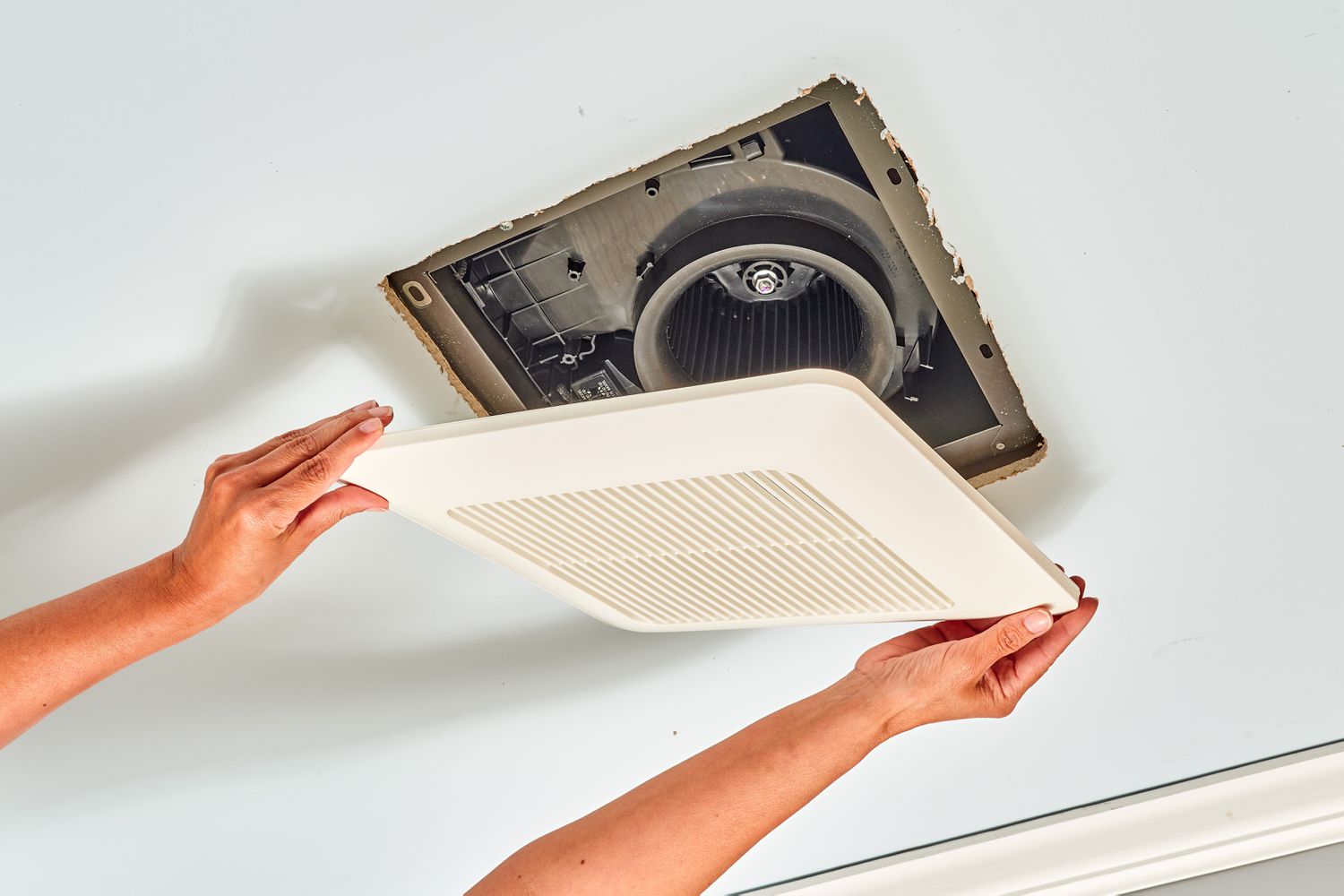
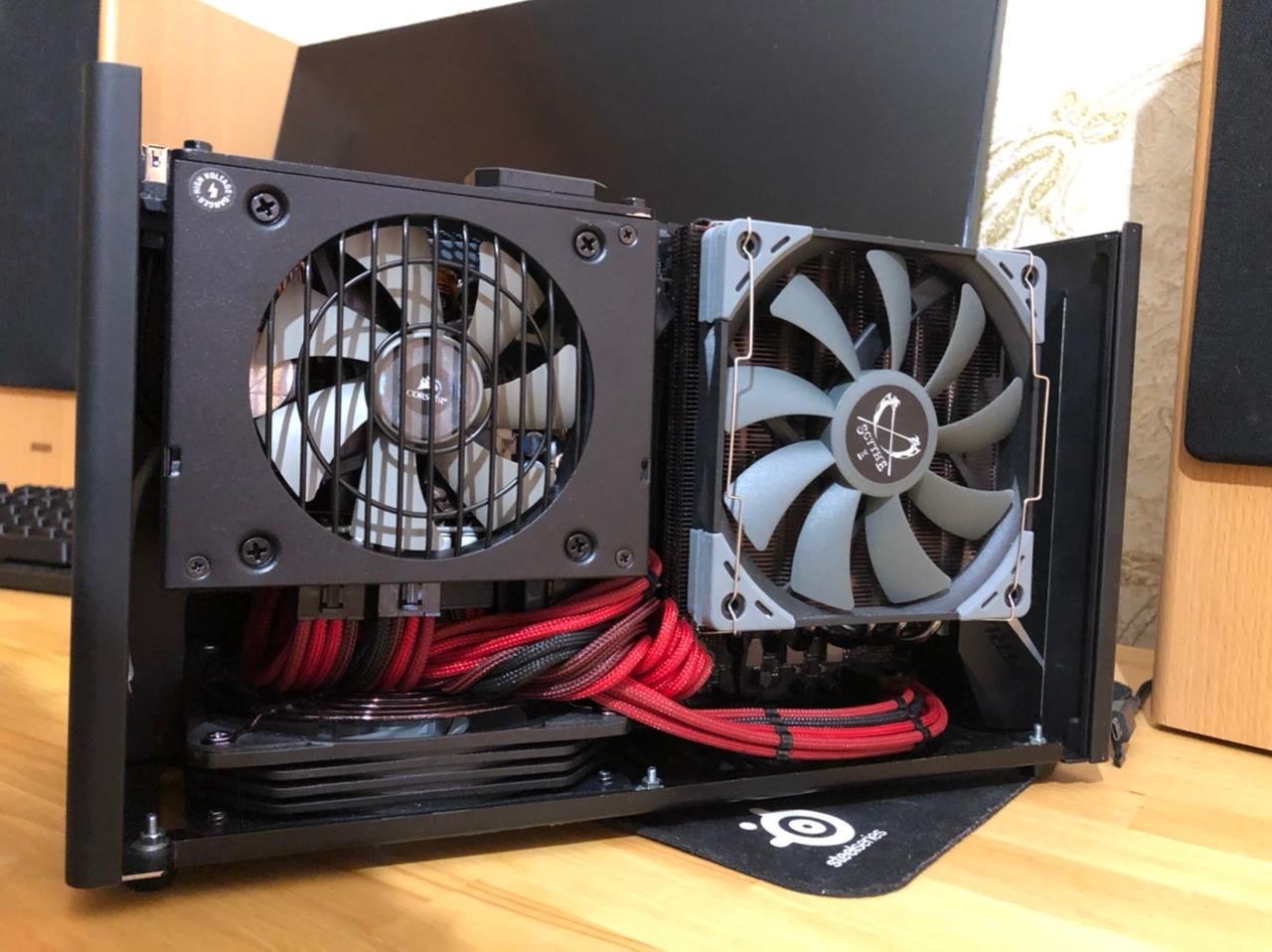
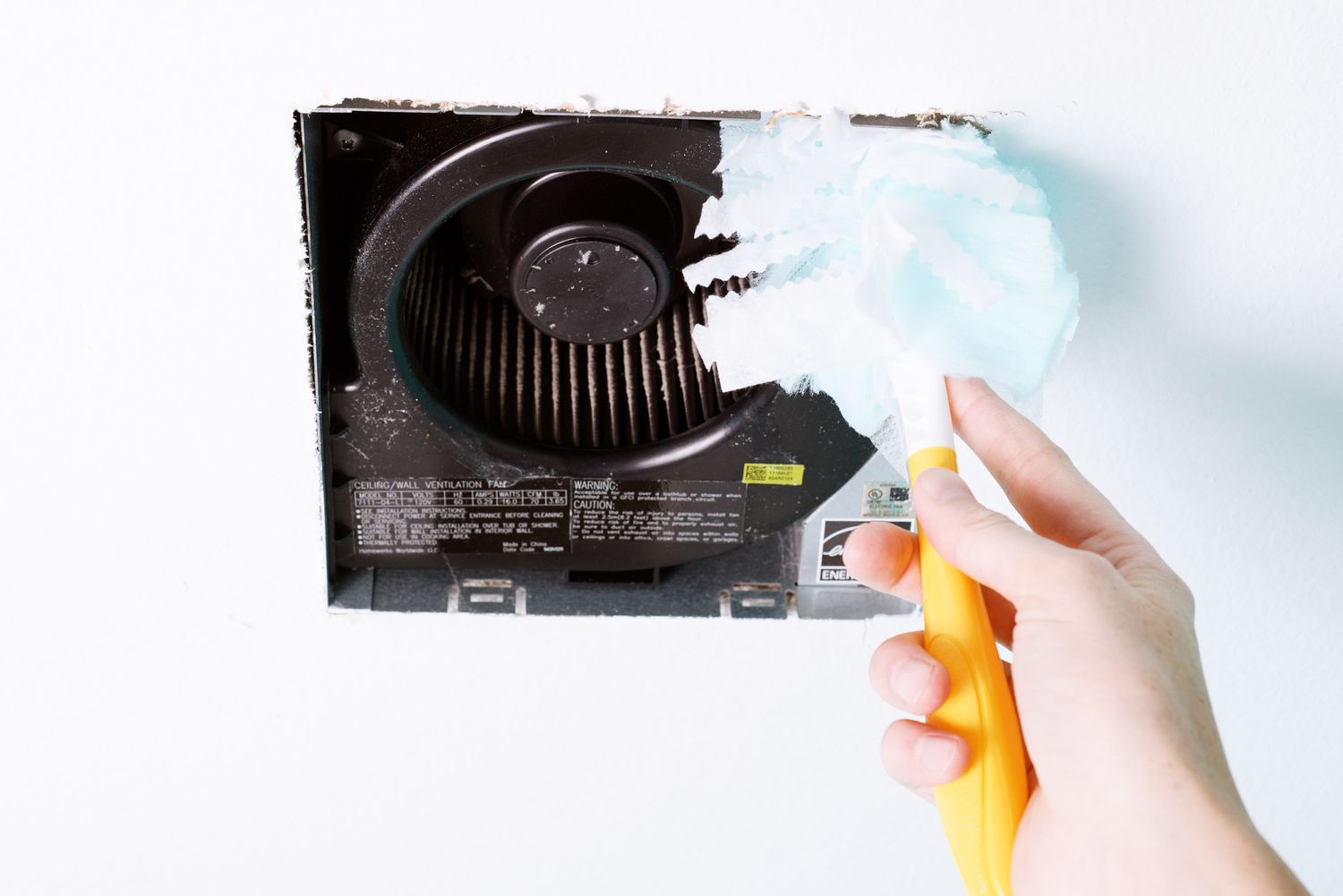
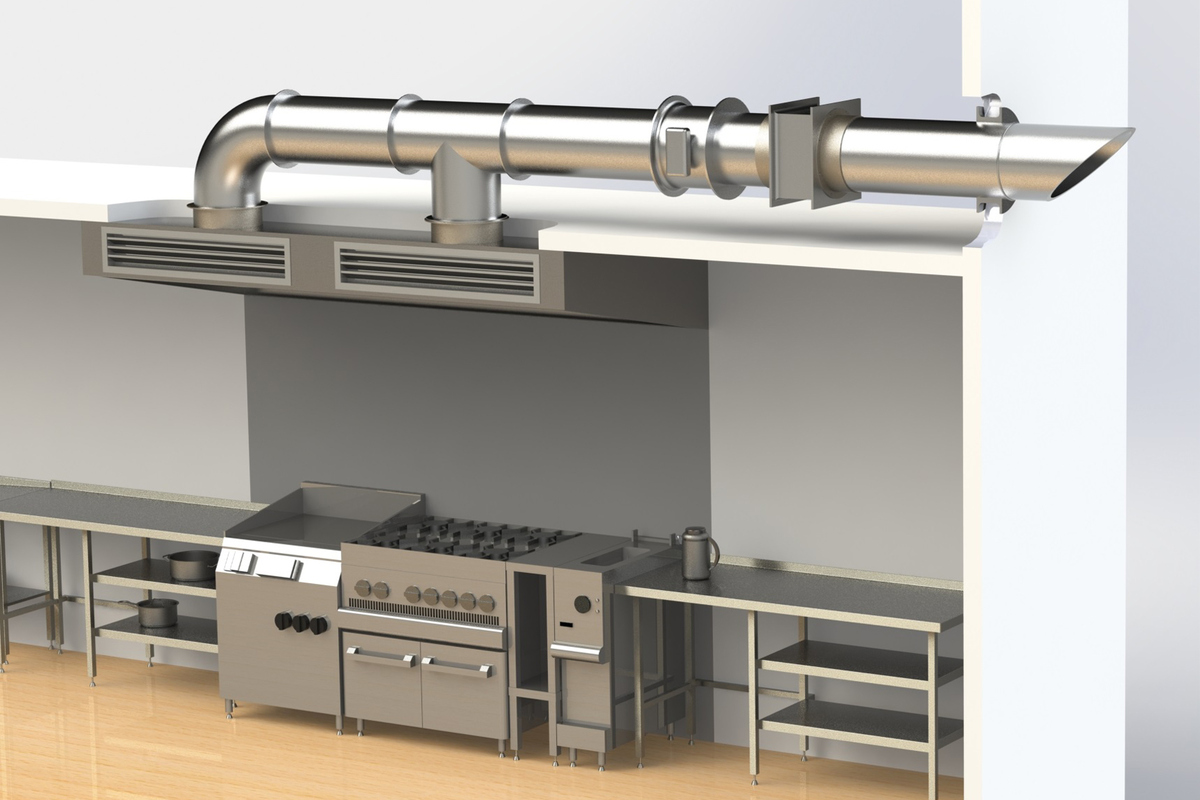
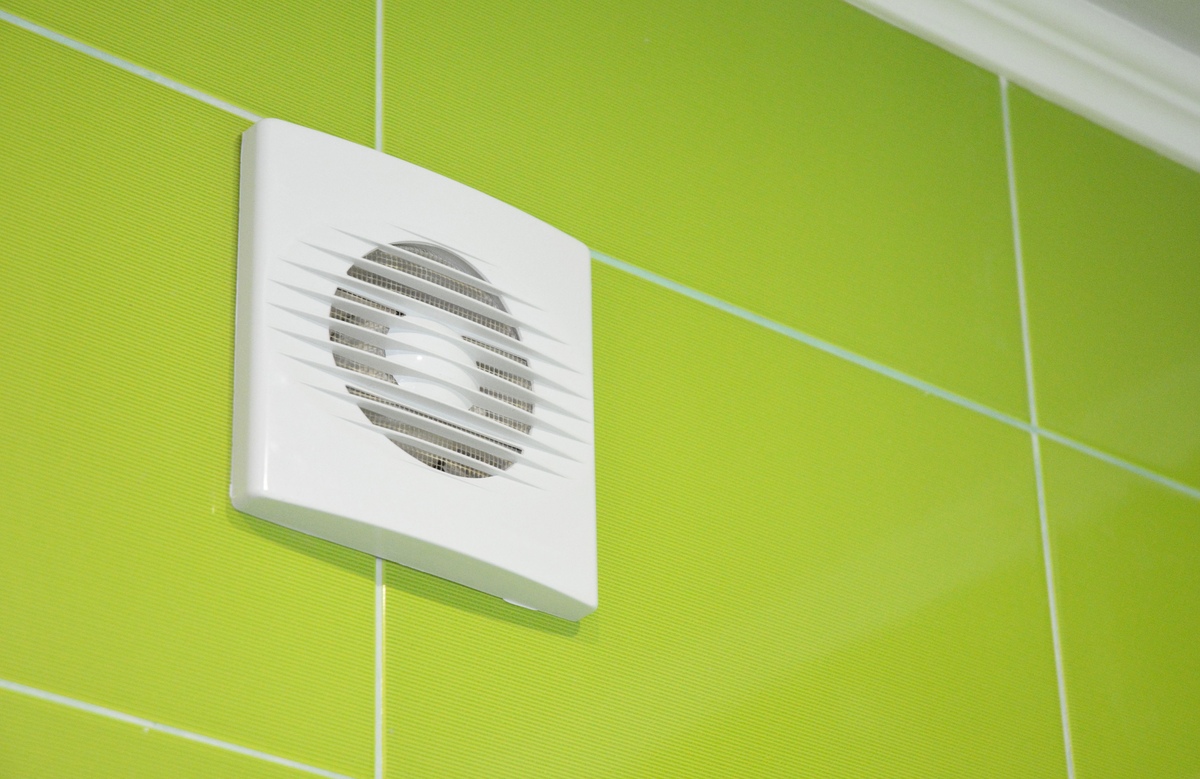
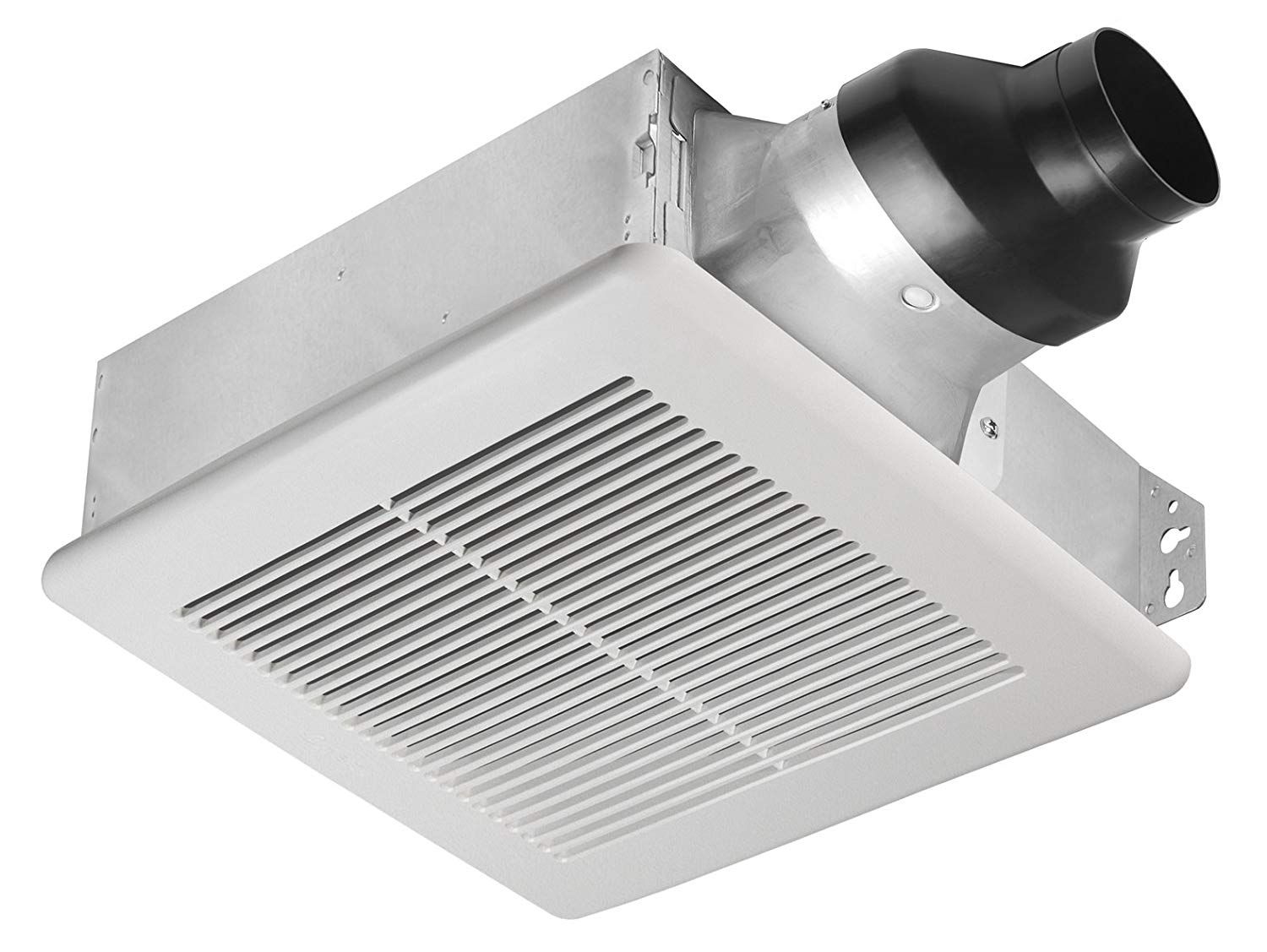
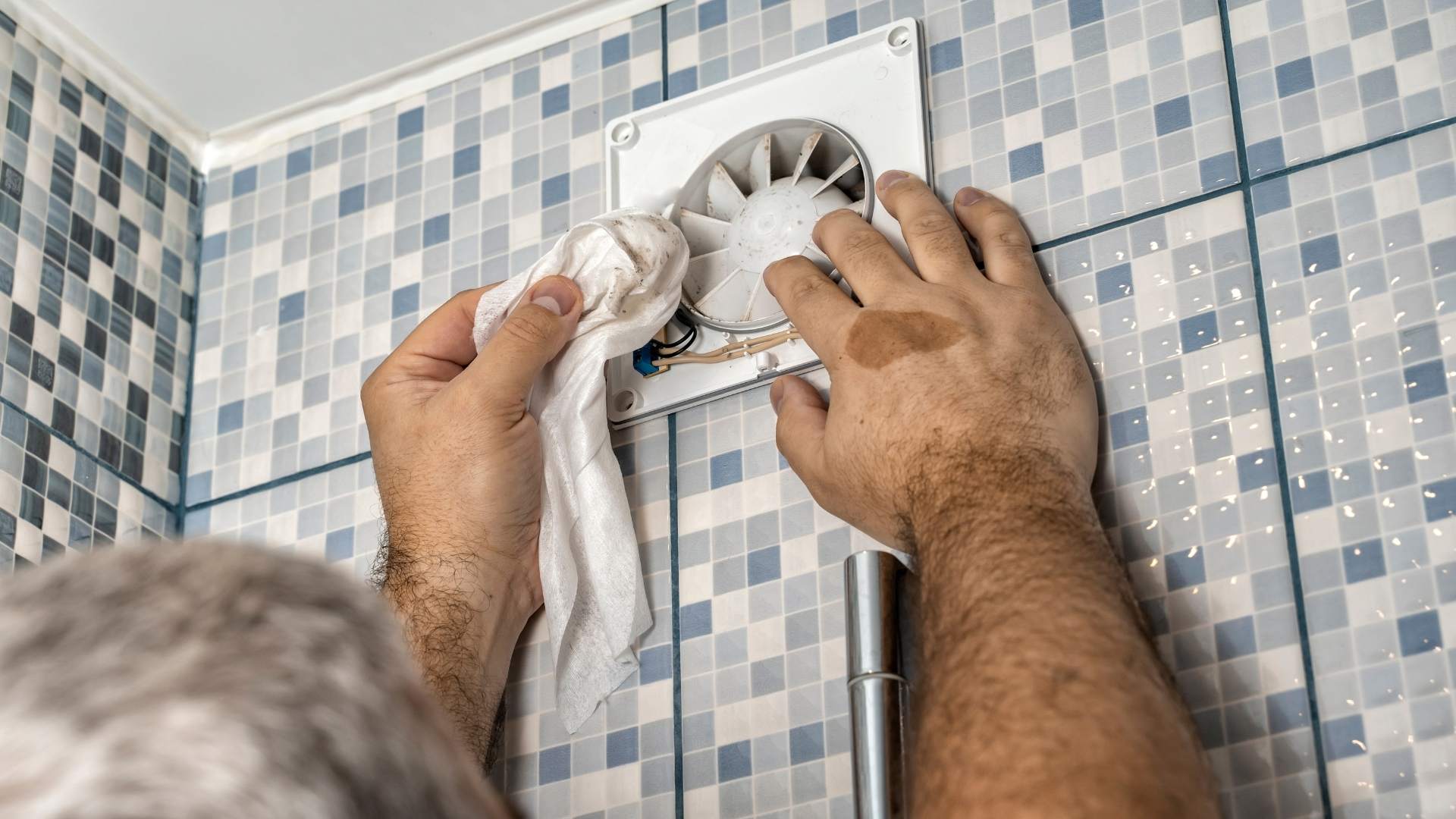
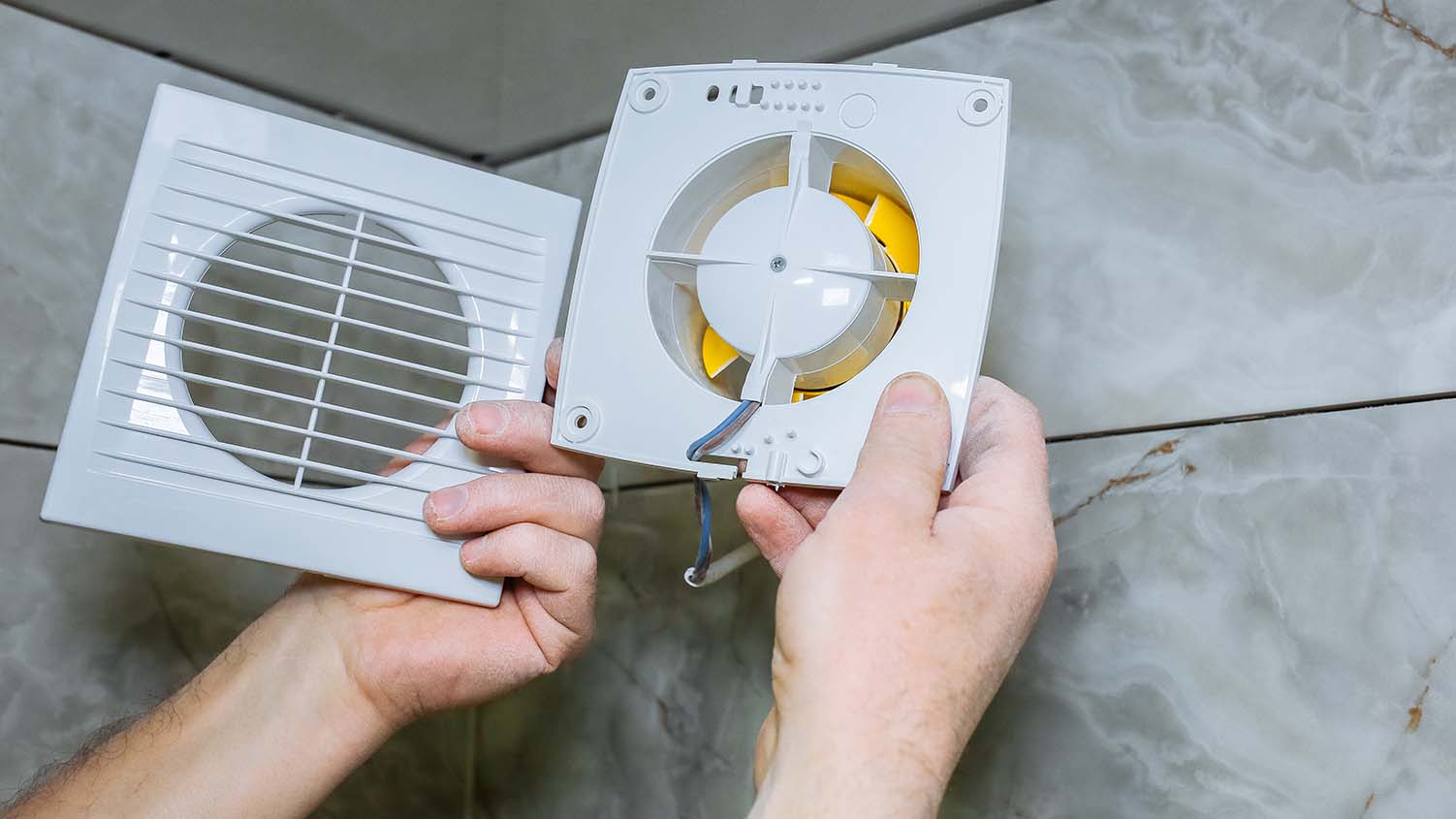
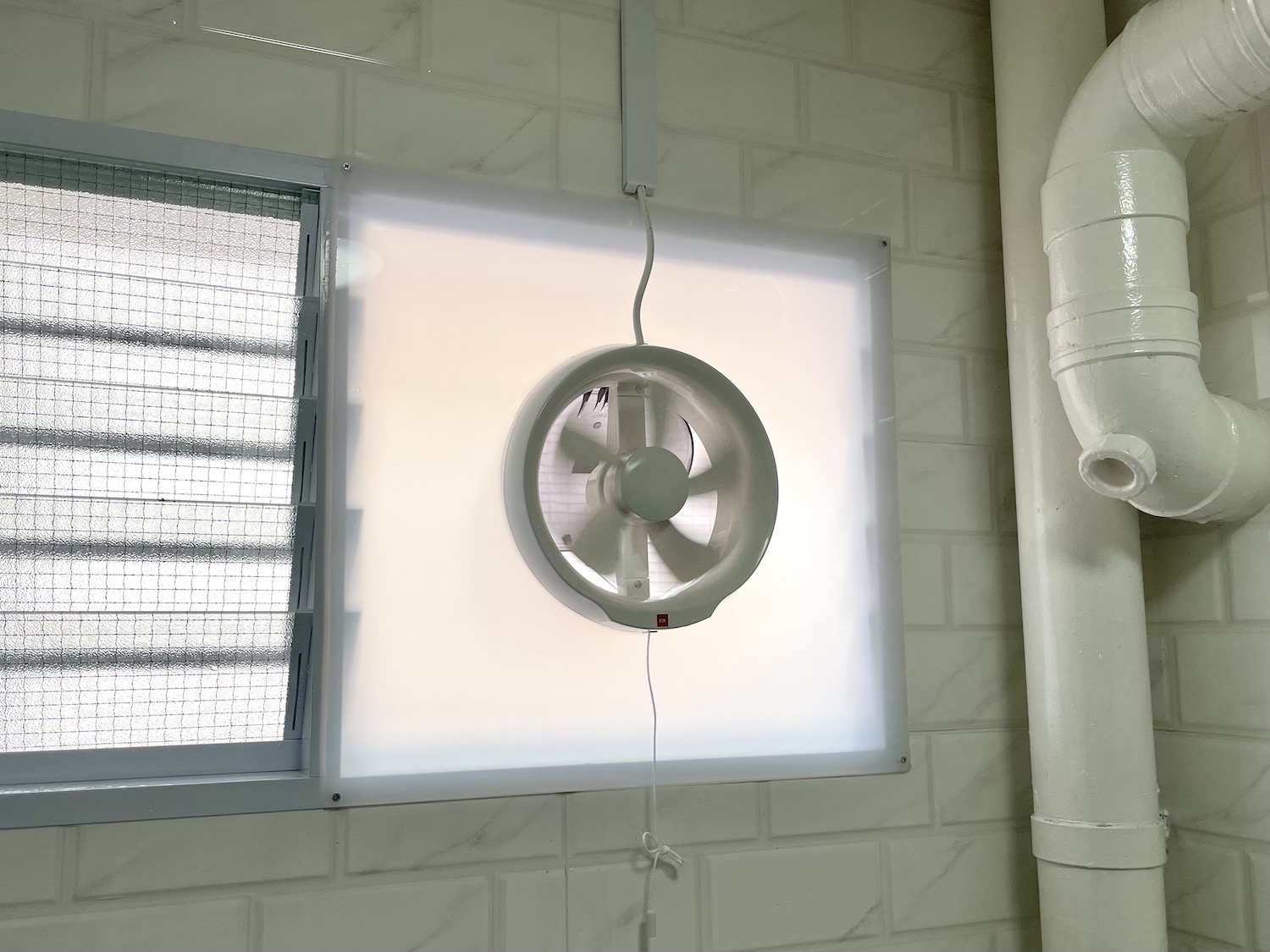
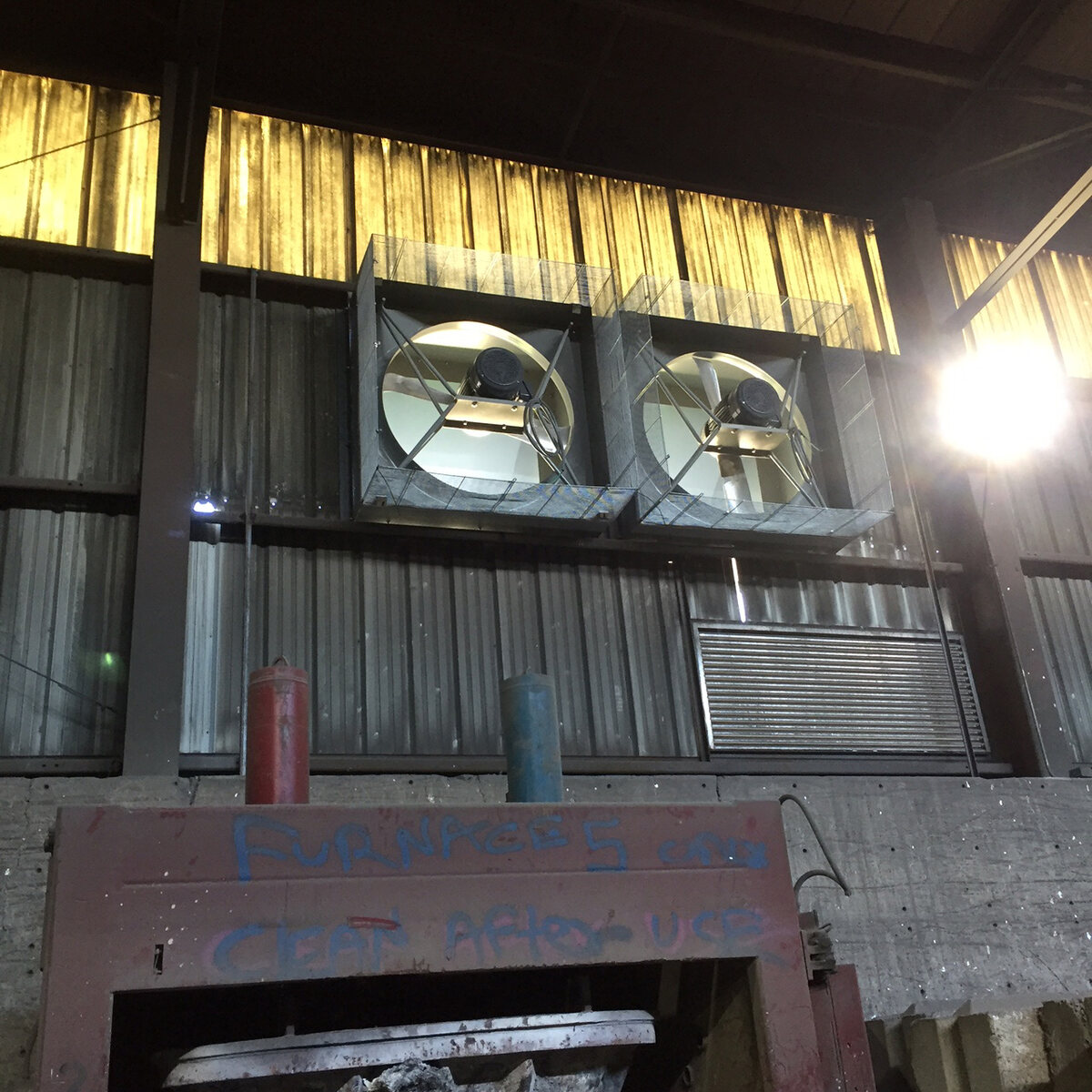
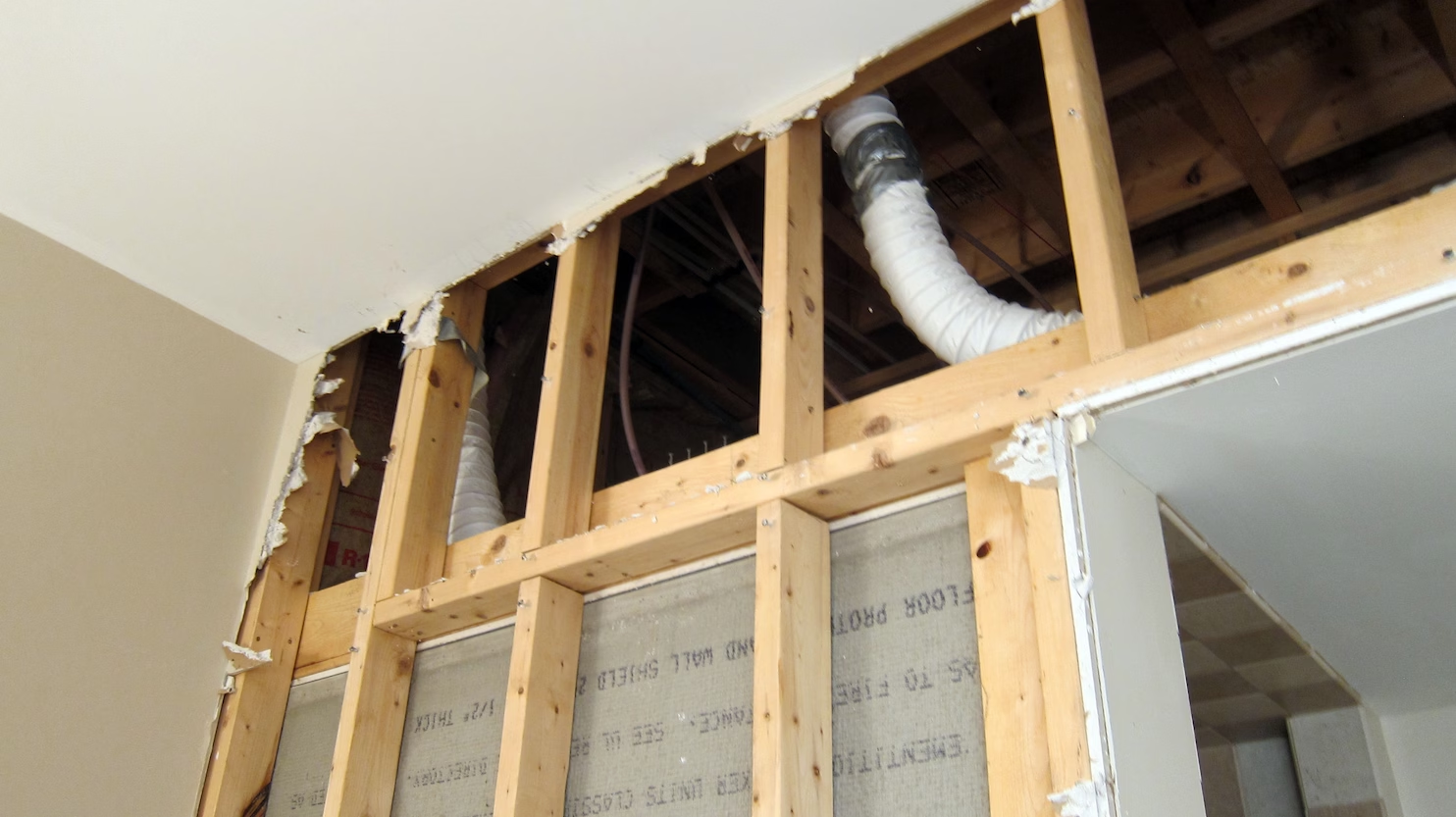
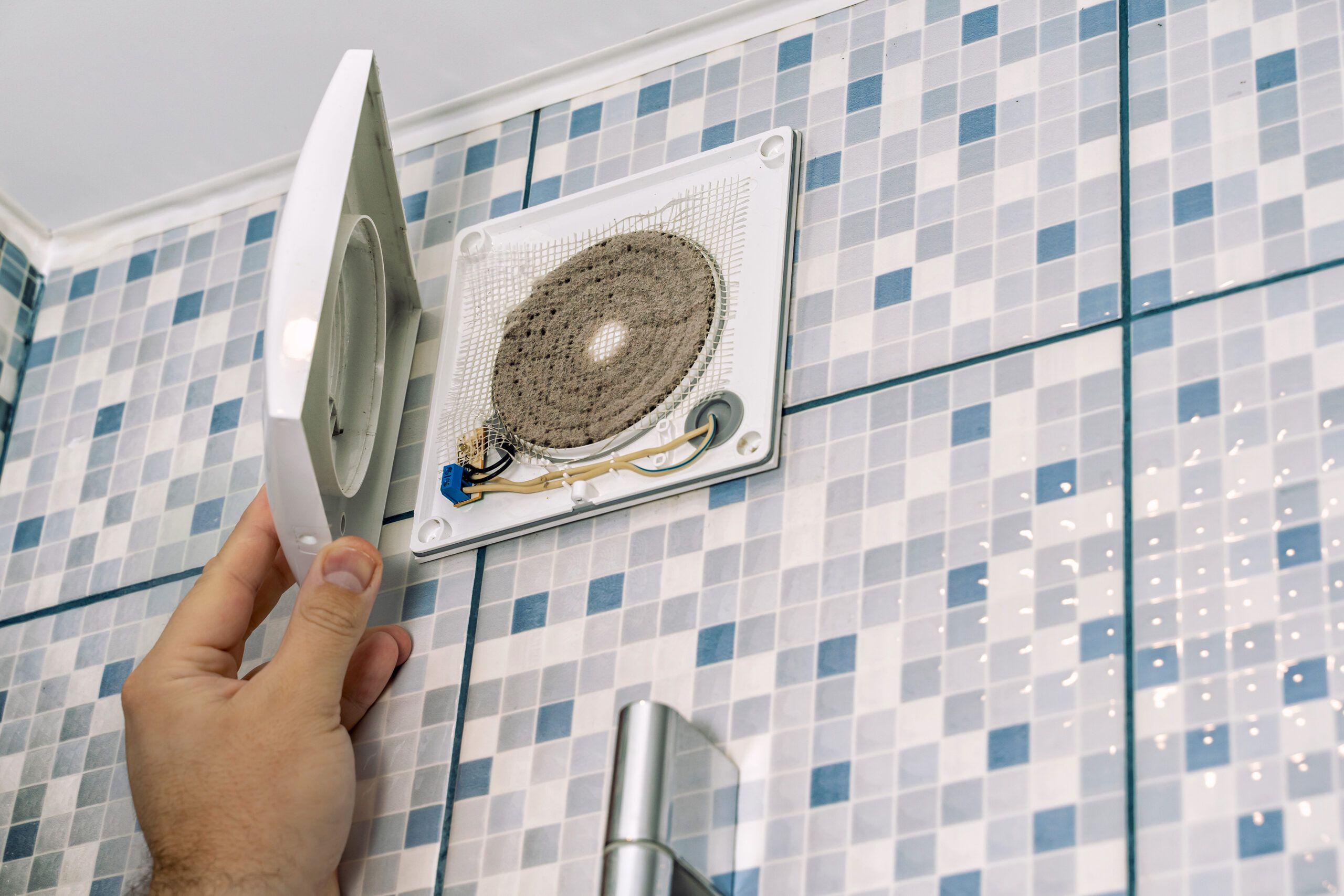
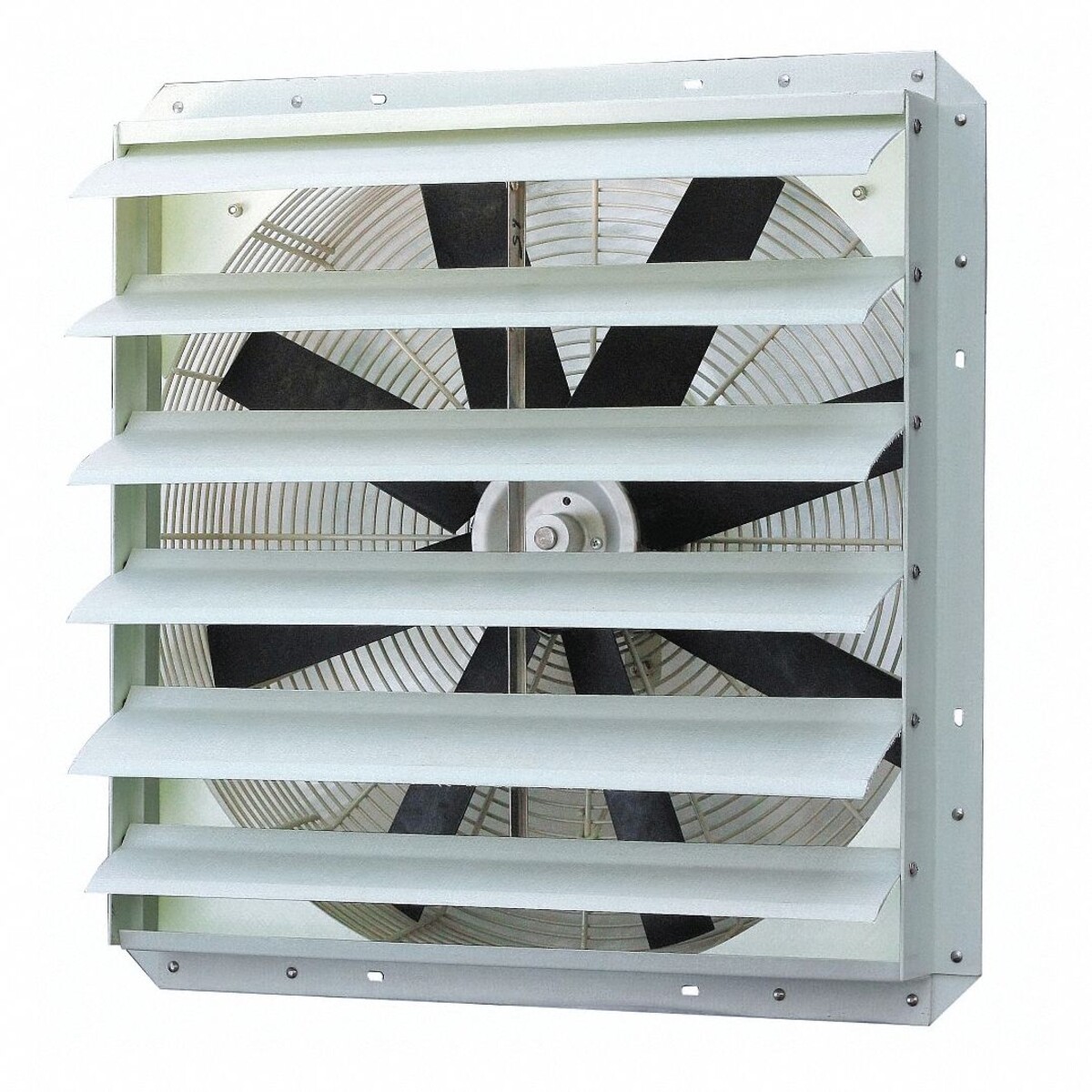
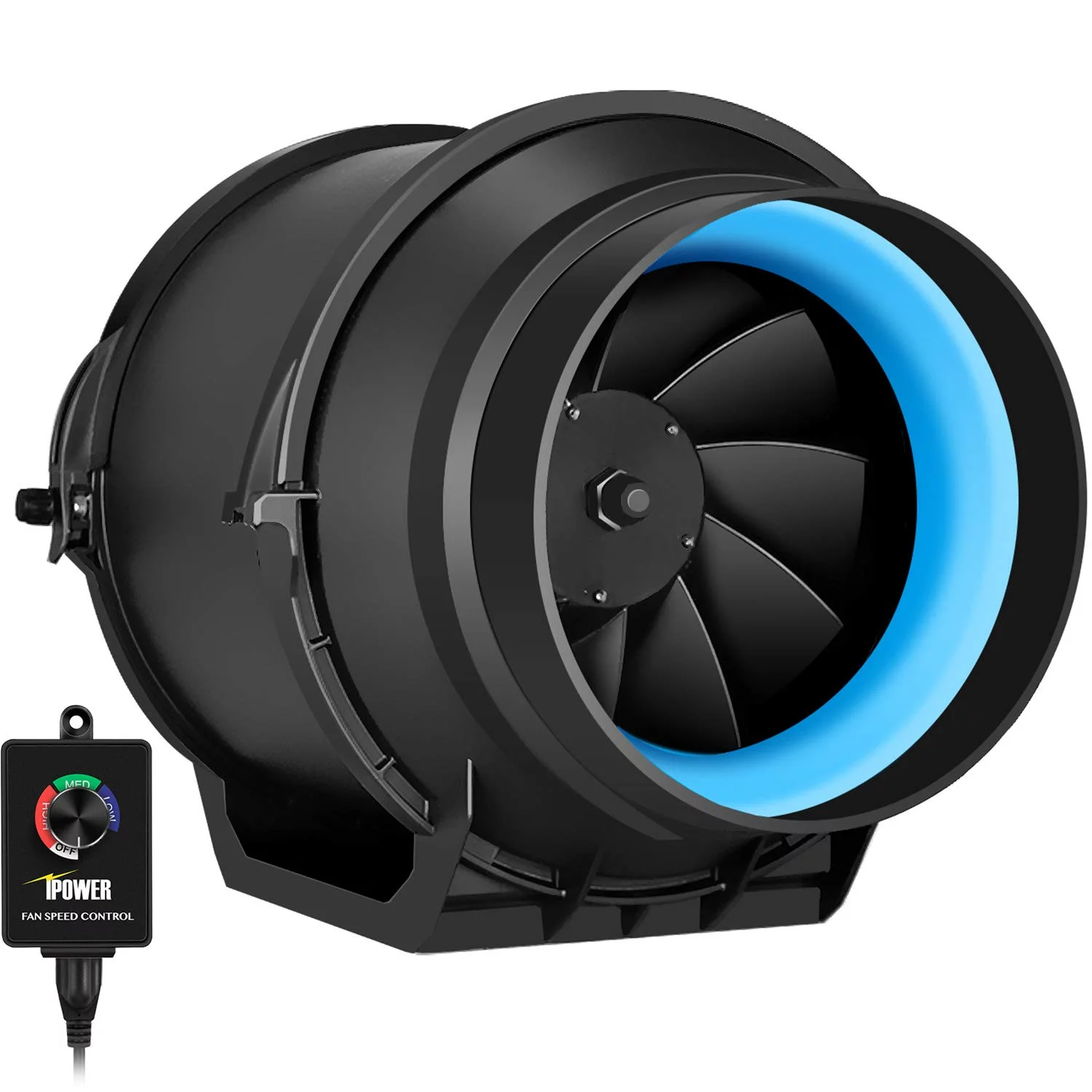

0 thoughts on “How To Improve Microwave Exhaust Fan”